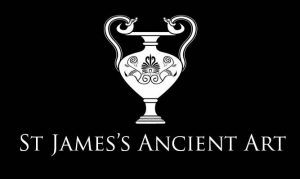The lion was a popular motif with Egyptian imagery, an animal much admired for its fierceness and bravery. It was thus a popular feature on scarabs. Recumbent lions were a popular symbol of pharaonic power, embodying the strength and prowess of the animal, the most ferocious within the Nile region. Standing lions, prowling forward, usually represented the hunt and the ability to conquer a foe. Various deities within the Egyptian pantheon had lion personas, including the goddess Sekhmet and the god Maahes, who embodied the fierce and protective nature of the animal.
To discover more about amulets in the Ancient Egyptian world, please visit our relevant post: Amulets in Ancient Egypt.








